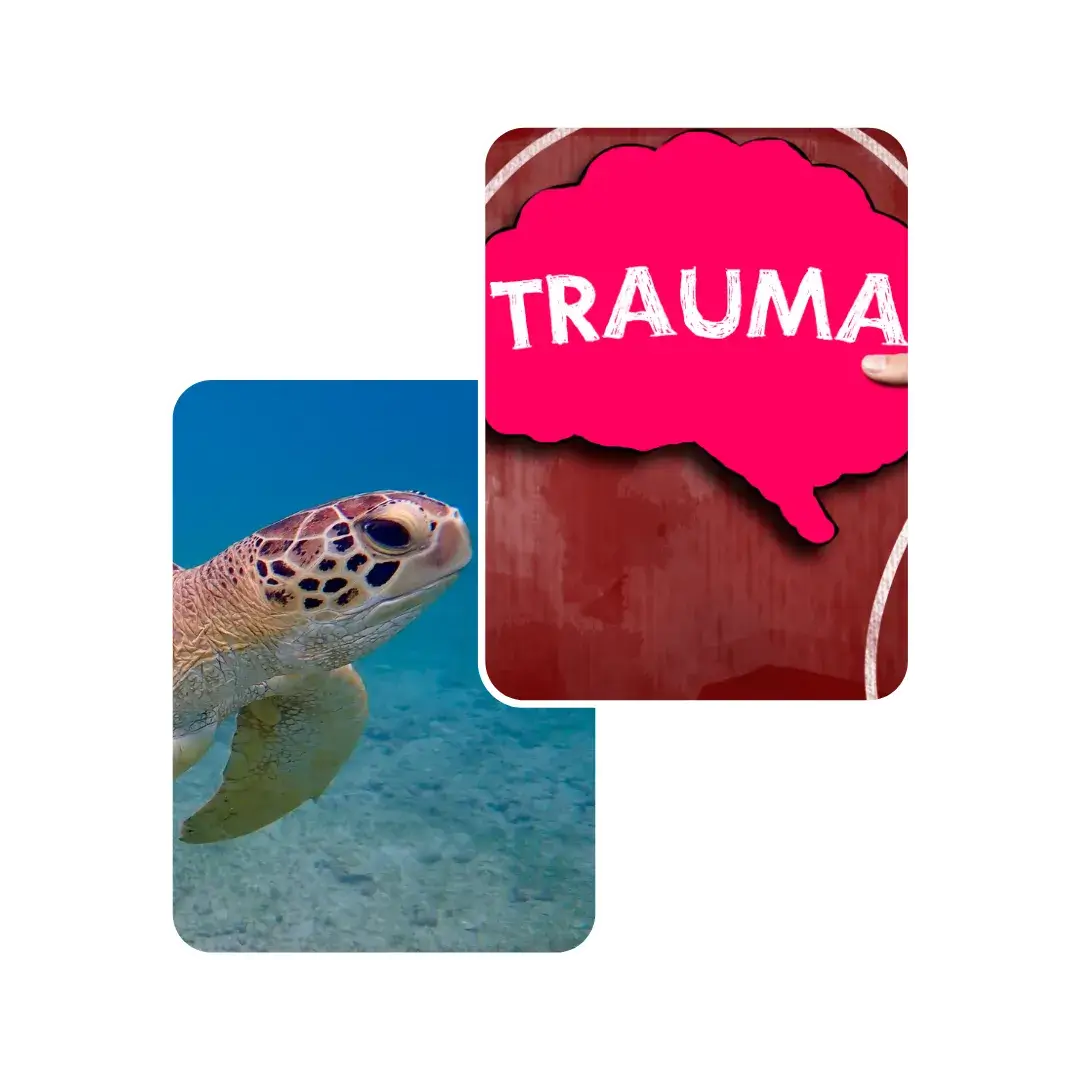

Gently move the turtle to a clean, dry container. Do NOT place it back in water (to prevent contamination). Cover it lightly and call the vet immediately.
Minor, superficial scrapes may. Fractures (cracks that go through the bone) do not. They must be professionally cleaned and sealed to prevent fatal bacterial invasion.
Yes! A dog's bite can cause massive internal bruising and organ damage without visible shell breach. Every animal attack is a life-threatening emergency.
No. Superglue does not bond well to keratin, and sealing a dirty fracture traps deadly bacteria inside, guaranteeing a fatal internal infection. Only specialized material should be used after professional cleaning.
Shell healing is slow, requiring months. The repair materials often stay on for 6-12 months, but the turtle can usually return to shallow water after the first few weeks.
Your pet deserves expert care – Subscribe now for trusted tips and updates from our pet experts.
